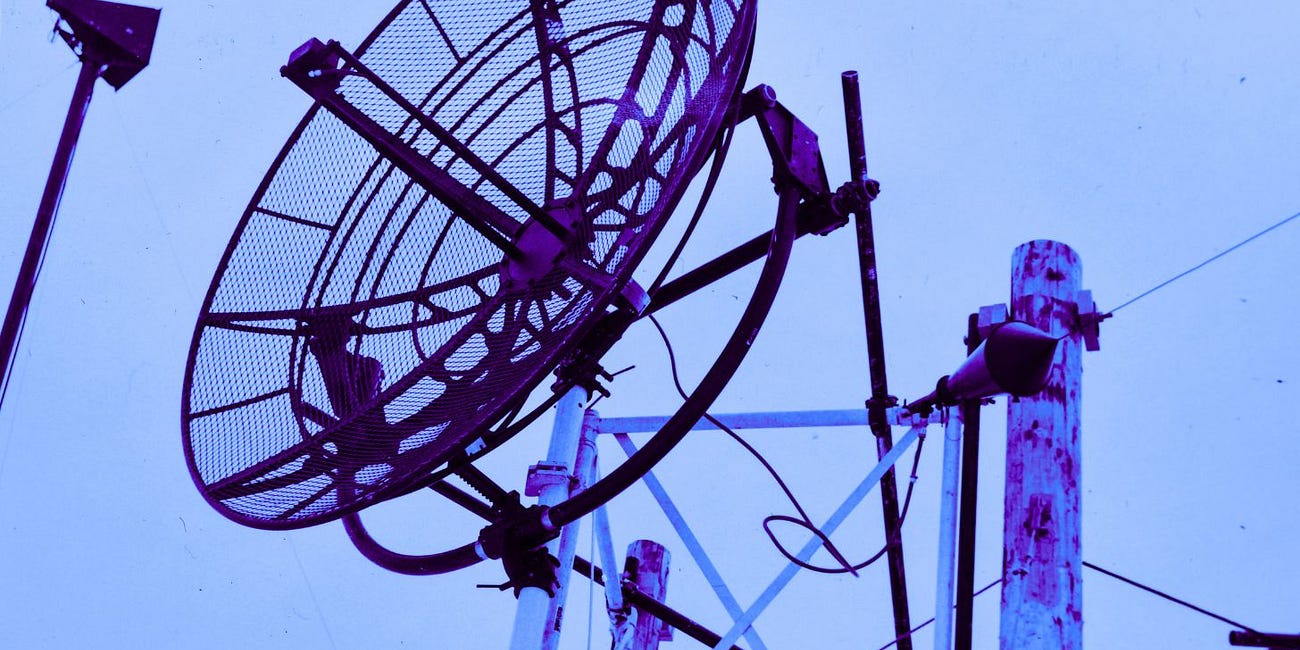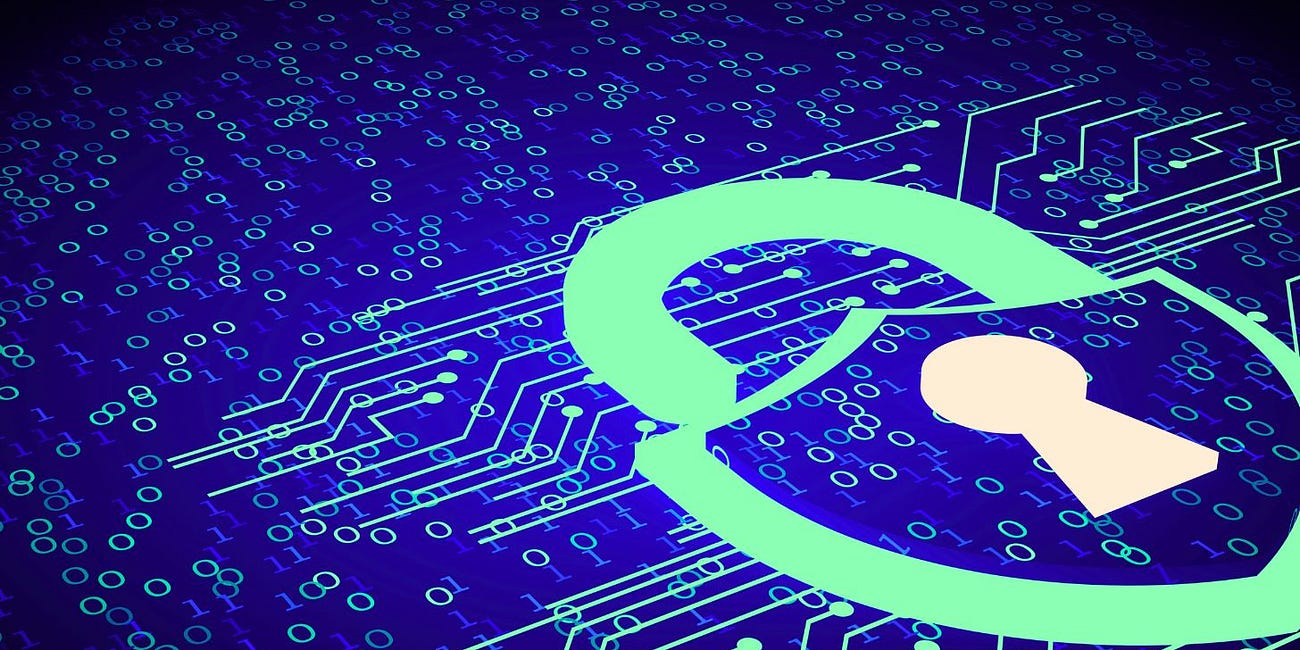Wi-Fi, Cell Towers Can Be Used for Remote Surveillance Without Your Consent: Cornell University arXiv Study
Internet and mobile infrastructure can be used for "through-wall detection."
A new study published this month in Cornell University’s arXiv confirms what privacy advocates have long feared: Wi-Fi and cell towers, which operate across a broad range of frequencies from 600 MHz to 39 GHz, can be weaponized for covert human activity monitoring.
Follow Jon Fleetwood: Instagram @realjonfleetwood / Twitter @JonMFleetwood / Facebook @realjonfleetwood
This website has reported declassified documents confirming that the U.S. military, State Department, and CIA conducted Project Pandora to study microwave radiation for surveillance, psychological influence, and weaponization, including covert human testing.
A classified subset, Project Bizarre, demonstrated that prolonged microwave exposure could penetrate the central nervous system and impair cognitive function, with one primate experiencing irreversible effects after repeated exposure.
Moreover, the Saratoga Experiment secretly tested radiation on Navy personnel, collecting blood samples and exposing lookouts to radar emissions for hours, proving the government has long explored microwave technology for behavior control—raising urgent questions about its use today.
Edward Snowden, a former NSA and CIA contractor, leaked classified documents in 2013 revealing PRISM (data collection from tech giants), XKeyscore (searching emails, chats, and browsing histories), mass phone record surveillance, international espionage on foreign leaders, and NSA efforts to weaken encryption.
The scandal broke in June 2013 when The Guardian published a secret court order showing the NSA was collecting millions of Americans' phone records daily from Verizon.
Snowden’s disclosures sparked global debate, legal reforms, and increased public scrutiny of government overreach in digital privacy.
The new arXiv study, which focused on using Reconfigurable Intelligent Surfaces (RIS) to enhance radio frequency (RF) sensing, demonstrates that even existing wireless infrastructure can be leveraged to track individuals through walls and in non-line-of-sight (NLoS) conditions.
An RIS is a thin, programmable surface structure with tiny elements that can dynamically manipulate electromagnetic waves to control signal reflection, refraction, and propagation.
“Depending on the signal frequency, even through-wall detection can be considered,” the study admits.
This means that the very networks designed to provide internet and mobile service are also capable of penetrating physical barriers to observe activity in private spaces.
The study goes further, revealing that “higher frequency signals can even provide a high spatial resolution, which has demonstrated advantages over vision-based systems for multi-person recognition.”
Unlike cameras, which have physical limitations, RF-based sensing allows for the tracking and identification of multiple people without their knowledge—and without requiring line-of-sight visibility.
This isn’t theoretical.
The researchers explicitly describe how RIS technology can shape and direct RF waves to enhance surveillance accuracy.
“By leveraging the capabilities of the RIS, the system can create multiple independent paths for signal transmission, thereby enriching the information available for accurate posture recognition.”
Translation: This technology can actively manipulate the wireless environment to improve its ability to track you.
But it doesn’t stop at tracking movement.
The study outlines how radio waves can be used to reconstruct detailed images of individuals.
“The approach relies on Artificial Neural Networks (ANNs) to process RF signals, effectively transforming them into silhouette images of individuals by integrating a vision dataset.”
Even more concerning, this system does not require cooperation.
“This capability allows the system to focus electromagnetic fields on selected body parts while minimizing interference from the surrounding environment and enables the system to distinguish between various hand signs and monitor vital signs, such as respiration, even when individuals are uncooperative or positioned behind obstacles.”
The implications for mass surveillance are obvious: authorities—or bad actors—could monitor people remotely, without their consent, by repurposing everyday wireless infrastructure.
The study also highlights how easily this technology can be scaled.
“This separation also allows using the same control board for other RIS designs, e.g., for different unit cell designs.”
This means that RIS technology can be integrated into a variety of networks, including existing Wi-Fi routers and cell towers, to create a decentralized, always-on surveillance grid.
You can read the full study below:
We already know that cell towers and Wi-Fi routers are everywhere.
With 5G and Wi-Fi 6E expanding the frequency range and power of wireless signals, this research makes it clear: these technologies are not just about faster internet—they’re about full-spectrum surveillance.
As governments and private entities continue to push for smart cities and connected environments, the question remains: Who is really in control of the data being collected, and what are they doing with it?
Once again, what was dismissed as conspiracy theory is now documented science.
The wireless infrastructure blanketing our cities is more than just a convenience—it is an unregulated surveillance tool, capable of monitoring movements, detecting gestures, and even identifying people through walls.
The study confirms it.
The question is: What happens next?
Follow Jon Fleetwood: Instagram @realjonfleetwood / Twitter @JonMFleetwood / Facebook @realjonfleetwood
'Project Pandora': DoD Experiments to Control Human Behavior with Microwave Radiation
A declassified collection of documents confirms the U.S. military, in league with the State Department and CIA, conducted experiments investigating the “potential of exerting a degree of control on human behavior by low level microwave radiation.”
Trump's 'Stargate' AI Fast Track to Surveillance, Weaponization (Video)
President Donald Trump on Tuesday announced a joint venture with OpenAI, Oracle, and Softbank to invest half a trillion dollars into artificial intelligence infrastructure in the United States.
DARPA's 'N3' Non-Surgical Brain Tech Using Light and Sound Raises Weaponization Alarms
Big Picture: DARPA’s “Next-Generation Nonsurgical Neurotechnology” (N3) program pushes the boundaries of brain-machine interfaces (BMIs), promising to use light and sound to make direct communication with the brain non-invasive and widely accessible. While touted as a leap forward in neuroscience, this technology raises serious concerns about its potent…
FDA Informed Consent Waiver Allows Your Blood, Genetic Data, and Personal Health Information to Be Taken Without Your Knowledge
In a move that raises significant ethical and privacy concerns, the U.S. Food and Drug Administration (FDA) in January 2024 finalized a rule permitting Institutional Review Boards (IRBs) to waive or alter informed consent requirements for clinical investigations deemed “minimal risk.”









Outstanding information, needs to be shared 👩🎓🔝🎖️
I wish more people would subscribe to this channel. Your posts are well researched and very informative.
Thank you for bringing light to the masses, Jon.